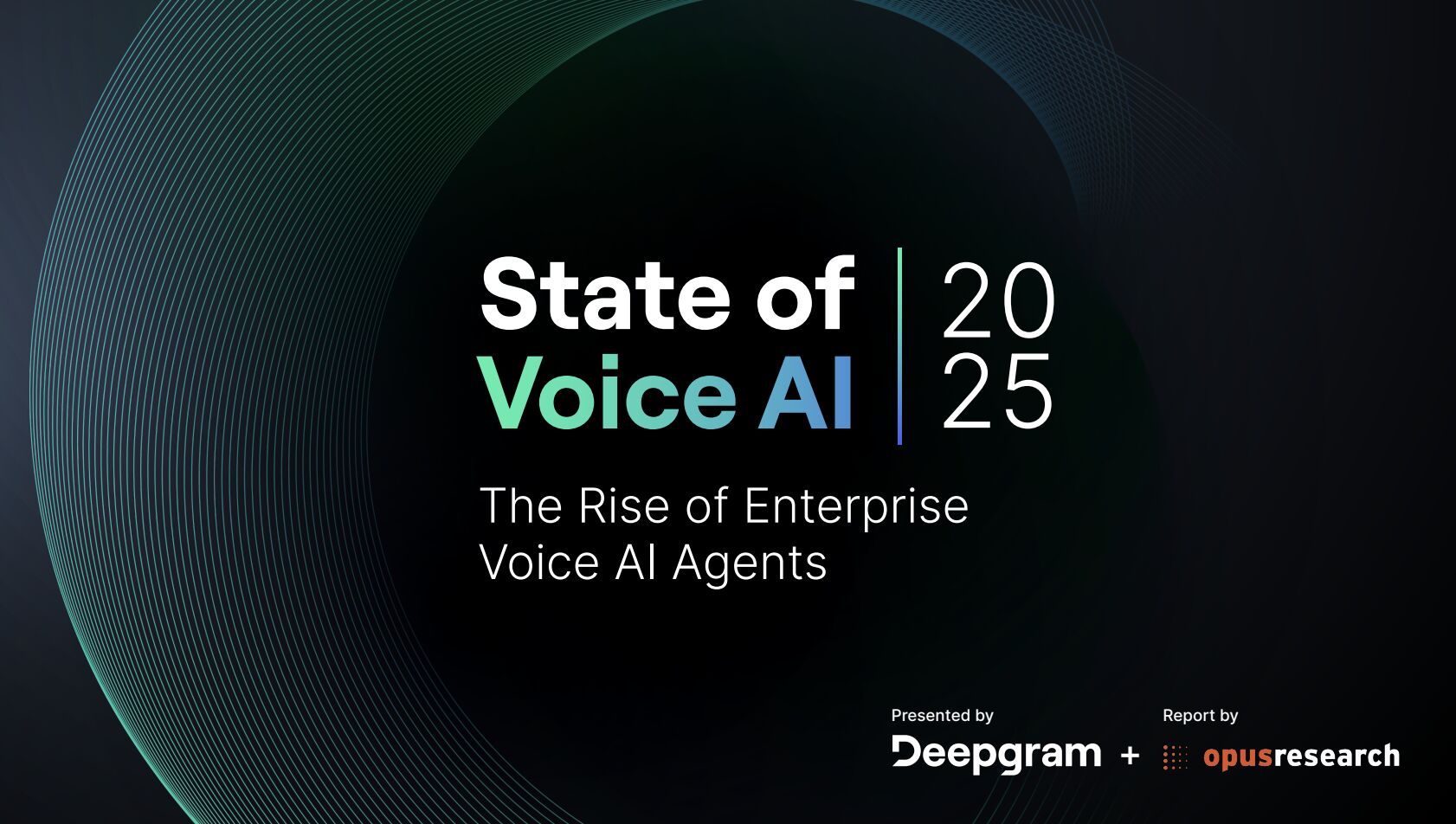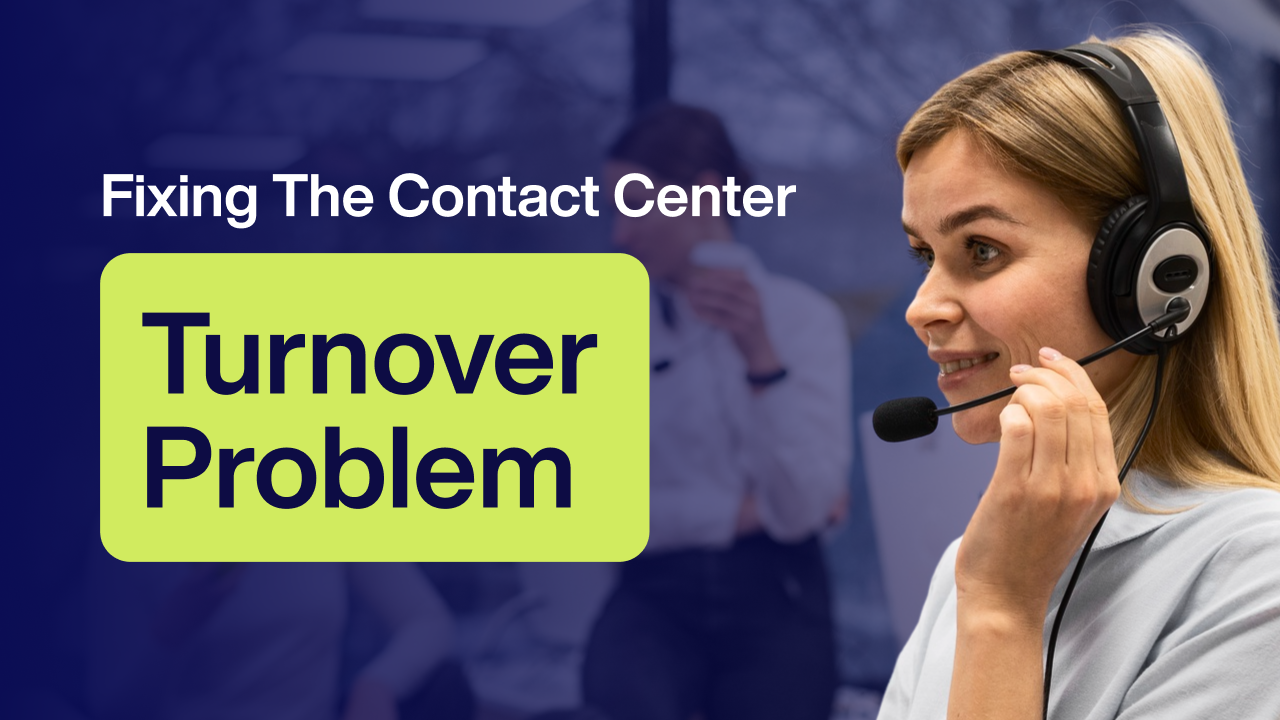Strengthening Data Analytics to Identify High-Opportunity Areas: Leveraging AI to Pinpoint High-Need Zip Codes and Service Lines

Introduction: Navigating Financial Constraints with Data-Driven Strategies
In the face of stagnant Medicaid funding, healthcare providers are compelled to optimize resource allocation and service delivery. Identifying high-need areas—both geographically and in terms of service lines—is crucial for maximizing impact and ensuring equitable care. Advanced data analytics, powered by Artificial Intelligence (AI), offer a strategic approach to uncovering these high-opportunity zones, enabling providers to make informed decisions that align with community needs and organizational goals.
1: AI-Driven Geospatial Analysis for Identifying High-Need Zip Codes
AI technologies, particularly machine learning algorithms, can process vast datasets encompassing demographic information, health outcomes, and social determinants of health. By analyzing these data points, AI can identify zip codes with heightened healthcare needs. For instance, unsupervised machine learning has been utilized to assess the impact of COVID-19 at the zip code level in New York City, revealing patterns that inform targeted interventions .arXiv
Moreover, AI can integrate data from various sources, including electronic health records and public health databases, to provide a comprehensive view of community health. This holistic analysis aids in pinpointing areas lacking adequate healthcare services, often referred to as "medical deserts," which are prevalent in both rural and urban settings .Wikipedia
2: Predictive Analytics for Service Line Optimization
Beyond geographic analysis, AI can forecast demand for specific healthcare services. Predictive models can analyze historical utilization patterns, population health trends, and emerging health threats to anticipate future service needs. For example, machine learning models have been employed to predict health-related social needs in Medicaid and Medicare populations, enhancing the efficiency of resource allocation .Nature+1Nature+1
These insights enable healthcare providers to tailor their service offerings to meet the specific needs of different communities, ensuring that resources are directed where they are most needed. This approach not only improves patient outcomes but also enhances operational efficiency and financial sustainability.
3: Real-World Applications of AI in Identifying High-Opportunity Areas
Case Study 1: Enhancing Access to Hemodialysis Services
A study focusing on Tennessee utilized a geoprocessing toolbox for spatial accessibility analysis to assess hemodialysis service accessibility. The analysis revealed disparities in service accessibility, with urban areas demonstrating higher scores compared to rural and suburban regions. These findings underscore the importance of spatial analysis in identifying and addressing healthcare access disparities .arXiv
Case Study 2: Addressing Health Inequities Through AI
AI has been instrumental in identifying and addressing health inequities. By examining variables like genetic markers, environmental exposures, social determinants, and zip codes, AI can uncover novel connections that challenge existing assumptions and inform more equitable healthcare delivery .PubMed Central
Conclusion: Embracing AI for Strategic Healthcare Planning
In an era of constrained resources and evolving healthcare needs, leveraging AI for data analytics is not just advantageous—it is essential. By harnessing the power of AI to identify high-need zip codes and optimize service lines, healthcare providers can make data-driven decisions that enhance care delivery, promote health equity, and ensure financial sustainability.
Healthcare leaders are encouraged to invest in AI-driven analytics tools to proactively identify and address high-opportunity areas. By doing so, they can ensure that their organizations are well-equipped to meet the evolving needs of their communities and thrive in a challenging healthcare landscape.

No Spam —
Just Good Stuff.
Join our newsletter for actionable advice, insider knowledge, and strategies that drive real results.
No fluff, just value.
.png)
%20(1).png)
From The Blog
Read All Articles
Hybrid AI Voice Bots: Better CX, Happier Agents, and Smarter Schedules

Hybrid AI in Banking: Handling Complex Service Without Losing the Human Touch

Hybrid AI for Financial Services: Solving Complex Service Without Losing the Human Touch

How Hybrid AI Reduces Patient No-Shows and Scheduler Burnout

Hybrid AI That Actually Moves the Needle in Healthcare RCM

How AI-Human Collaboration Elevates Quality Assurance on the Factory Floor

Why Nearshore Hybrid BPOs Outperform Offshore Automation Centers

How Hybrid AI Voice Bots Elevate CX and Make Agents Unstoppable

AI‑Human Hybrid Support That Elevates Fraud Detection and Compliance

How Hybrid AI Streamlines Healthcare Revenue Cycle—Without Losing the Human Touch

AI-human hybrid quality assurance for supply chain accuracy

Why Nearshore Hybrid BPOs Outperform Offshore Automation Centers

AI + Human QA on the Line: How Hybrid Teams Raise Manufacturing Quality

Why Nearshore Hybrid BPOs Outperform Offshore Automation Centers

How AI-Human Collaboration Elevates Quality Assurance in Modern Manufacturing

Hybrid AI That Keeps Schedules Full: Reducing Patient No‑Shows and Burnout

Why Nearshore Hybrid BPOs Outperform Offshore Automation Centers

Hybrid AI That Quietly Fixes Healthcare RCM—Starting With the Schedule

How AI-Human Collaboration Raises the Bar on Manufacturing Quality Assurance

How Hybrid AI Tackles the Toughest Banking Service Moments

AI + Human QA: How Hybrid Teams Catch Defects Early and Strengthen Audits

How Hybrid AI Cuts Churn in Telecom and Retail—Without Losing the Human Touch

Hybrid AI for Financial Services: Faster Resolution, Stronger Compliance, Human-Centered Support

Hybrid AI That Fills Schedules and Eases Burnout: Reducing Patient No-Shows in Healthcare

Hybrid AI-human support that strengthens fraud detection and compliance—without breaking customer trust

AI + Humans: Elevating Quality Assurance on the Factory Floor

AI-human hybrid quality assurance for supply chain accuracy

Hybrid AI That Keeps Schedules Full—and Clinicians Fresh

AI-Human Hybrid Support: Stronger Fraud Detection and Compliance at the Contact Center

Why Nearshore Hybrid BPOs Outperform Offshore Automation Centers

From Empty Slots to Full Days: Hybrid AI Scheduling That Reduces Burnout

From No‑Shows to Full Days: Hybrid AI That Fixes Provider Schedules Without Burning Out Staff

From Empty Slots to Full Schedules: Hybrid AI That Boosts Access and Reduces Burnout

Stop the Scheduling Spiral: Hybrid AI That Fills Schedules Without Burning Out Providers

Stop Empty Slots from Fueling Burnout: Hybrid AI-Human Scheduling for Health Systems

From Empty Slots to Full Days: Hybrid AI Scheduling for Health Systems

From Hold Music to Full Schedules: Hybrid AI That Lifts Provider Productivity Without Burning Out Staff

Stop the Scheduling Whiplash: Hybrid AI That Fills Last‑Minute Openings Without Burning Out Your Staff
.png)
Stop the Scheduling Spiral: How Hybrid AI Keeps Providers Productive and Patients Seen
.png)
AI & Financial Services: Where Compliance Meets Conversation

E-commerce's Hybrid AI Advantages: From Order Status to Complicated Returns
.png)
Customer Service & Experience East 2025 (Reuters Events)
.png)
NACHC’s Workforce Conference (formerly FOM/IT)
.png)
Healthcare's AI-Human Sweet Spot: When Empathy Meets Efficiency
.png)
Choosing the Right Contact Center Technology Stack for Your Industry
.png)
Order Management Support: Where AI Excels & Where It Fails
.png)
Customer Success vs. Customer Support: When to Use AI vs. Human Touch

687% Increase in Referral Processing in 6 Months: How One Healthcare Organization Turned Its Patient Support Around

5 Warning Signs Your Medical Referral Process Needs Immediate Attention

AI‑Powered Healthcare Contact Centers: What CX Leaders Need to Know

AI‑Powered Healthcare Contact Centers: What You Need to Know

Healthcare Contact Centers: What Others Are Just Diagnosing, EGS Has Already Solved

Real-Life Use Cases of Contact Center Automation for Cost Reduction

5 Proven Use Cases of Contact Center Automation That Cut Costs by Up to 30%

How Leading Companies Are Reducing Support Costs and Boosting Customer Satisfaction with AI

Real-Life Use Cases of Contact Center Automation for Cost Reduction

Unlocking Efficiency, Speed, and Patient Satisfaction through AI

How Healthcare Leaders Can Leverage AI to Transform Customer Experience (CX)

FQHC-Led Medicaid ACO Innovation: How Illinois is Reinventing Community Care through Value-Based Models

Expanding Access to Mental Health: How Telebehavioral Health Is Transforming Care in Frontier Idaho

Idaho’s Medicaid Expansion: Fueling Growth and Stability in Community Health Centers

Integrating Native Hawaiian Healing Practices: A Cultural Shift in Community Healthcare





















.png)


.png)
.png)
.png)
.png)
.png)
.png)
.png)
.png)
.png)
.png)



